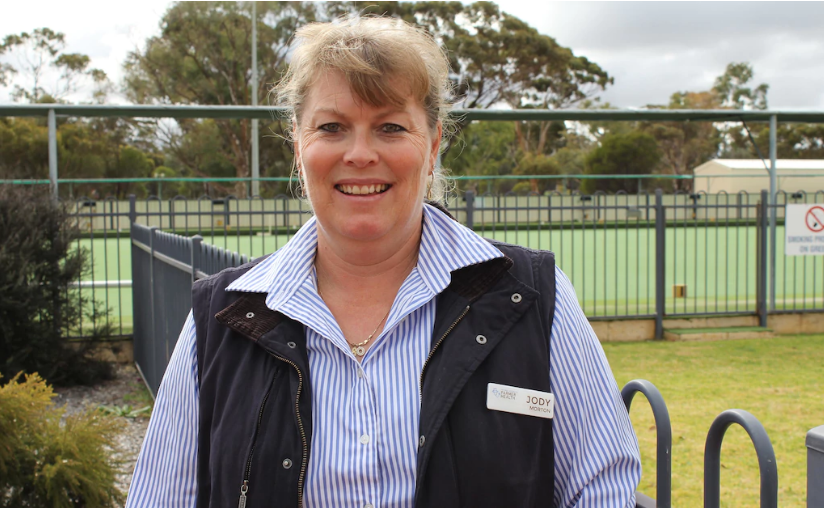
Nurse and National Centre for Farmer Health representative Jody Morton is based in Eneabba. Picture & article: Jo Fulwood
Being a farmer is the most dangerous occupation in the country.
While it may be a startling claim, National Centre for Farmer Health representative Jody Morton said the statistics don’t lie.
Speaking to more than 130 farmers at the GenAg2017 conference, Ms Morton said 27 per cent of all Australian workplace fatalities were in the farming industry.
She said statistics on agricultural industry injuries did not paint a full picture given many farmers did not report workplace injuries.
“The flow-on effect of these injuries is significant, not only to the person injured but to the business, in terms of cash flow and profitability, the family and even to the community,” she said.
In 2015, there were 16.7 deaths per 100,000 people involved in the agricultural industry, and Ms Morton said this had increased from 16.4 in 2003.
“When we compare this to the mining industry there were 12.4 deaths per 100,000 in 2003, reducing significantly to 4.4 per 100,000 in 2015,” she said.
“All of the other major industries are seeing decreasing death statistics, some quite dramatically — but agriculture is not.
“This is really scary stuff, and often the injuries we see in agriculture are catastrophic.”
Ms Morton said quad bike accidents were the leading cause of deaths on farms, with 11 deaths recorded on farms in 2015.
“Thankfully this number reduced just slightly in 2016, with 10 deaths on farms as a result of quad bikes — but that number is still unacceptable,” she said.
The majority of deaths occur when a quad bike falls on top of the rider, Ms Morton said. “The centre of gravity of a quad bike is quite different than a trail bike,” she said.
“Since 2001, more than 150 Australians have died in quad bike incidents.”
Research also shows the prevalence of cardiovascular health risks for farmers is higher than the national average.
“Farming is perceived as a very active occupation, but it has become a lot more sedentary,” she said.
In terms of emotional health and wellbeing, Ms Morton said people living in rural areas had similar rates of diagnosed mental illness when compared with those living in urban environments but much higher rates of suicide.
“WA and Tasmania have much higher rates of suicides in rural areas,” she said.
Farmers had an increased risk of being involved in unhealthy behaviours such as binge drinking, and an increased risk of injury as a result of the heavy physical demands of farming.
But Ms Morton said implementing simple strategies could change these statistics.
“There is a lot of research showing that health issues in agriculture are cumulative, meaning we can reduce this long-term health impact by doing simple things like not repeatedly jumping off machinery, using respiratory masks, getting enough sleep, not working excessively long hours, and even just looking out for our neighbours and mates,” she said.
The National Centre for Farmer Health provides research outcomes, education, information and service delivery to improve health, wellbeing and safety for farmers and farm workers.
View Article: 2017-08-03: Alarming farm health statistics – The West Australian